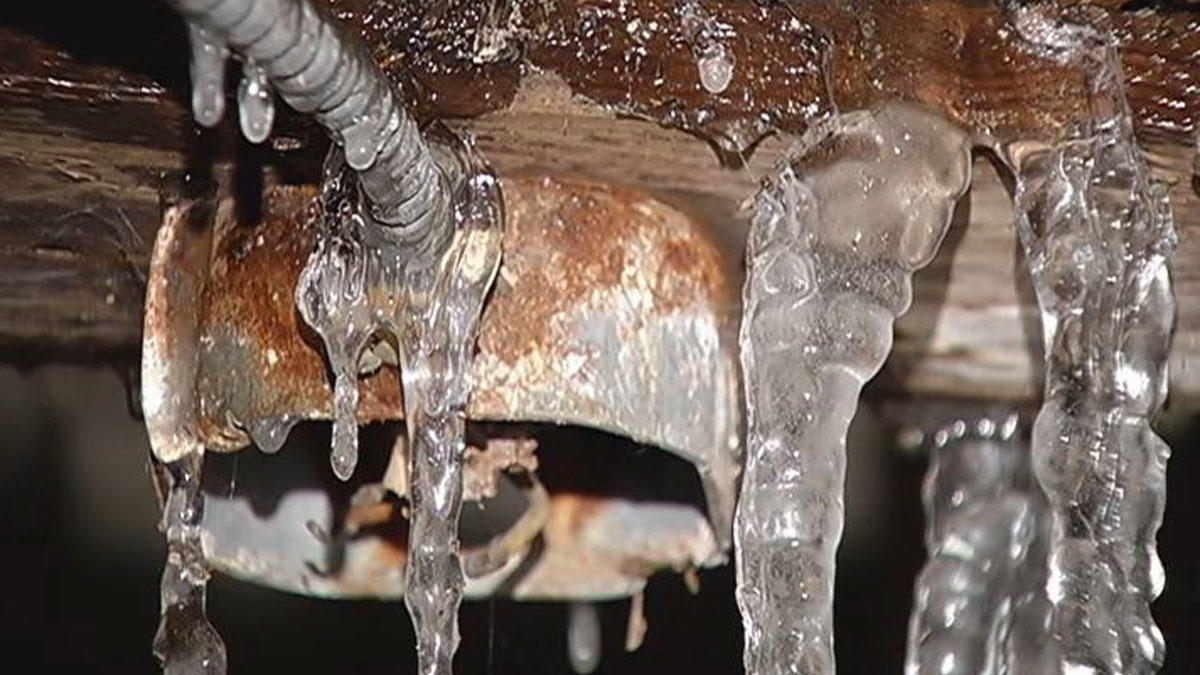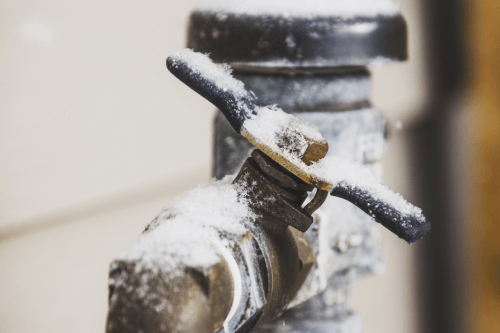Have you been hunting for tips concerning Prevent Frozen Pipes ?

Winter can ruin your pipes, especially by freezing pipelines. Here's exactly how to stop it from occurring and what to do if it does.
Intro
As temperature levels drop, the risk of frozen pipes boosts, possibly bring about pricey fixings and water damages. Comprehending how to stop frozen pipelines is critical for house owners in cold environments.
Comprehending Icy Pipes
What creates pipes to freeze?
Pipes freeze when revealed to temperatures listed below 32 ° F (0 ° C) for extended periods. As water inside the pipelines freezes, it increases, taxing the pipe walls and possibly triggering them to rupture.
Risks and damages
Icy pipes can result in supply of water disruptions, residential or commercial property damages, and costly repairs. Ruptured pipes can flooding homes and trigger extensive architectural damage.
Indicators of Frozen Piping
Recognizing icy pipelines early can stop them from bursting.
How to identify frozen pipelines
Seek lowered water flow from faucets, uncommon smells or sounds from pipes, and visible frost on subjected pipes.
Prevention Tips
Shielding prone pipes
Wrap pipes in insulation sleeves or use warmth tape to secure them from freezing temperatures. Concentrate on pipes in unheated or external areas of the home.
Heating strategies
Keep indoor spaces adequately warmed, especially areas with plumbing. Open up cabinet doors to allow cozy air to distribute around pipes under sinks.
Safeguarding Exterior Plumbing
Yard hoses and outdoor taps
Separate and drain pipes garden hose pipes prior to winter months. Set up frost-proof spigots or cover outdoor taps with protected caps.
What to Do If Your Pipelines Freeze
Immediate activities to take
If you believe frozen pipelines, keep taps available to soothe pressure as the ice thaws. Use a hairdryer or towels taken in hot water to thaw pipes slowly.
Long-Term Solutions
Architectural adjustments
Think about rerouting pipelines away from outside walls or unheated locations. Include extra insulation to attics, basements, and crawl spaces.
Upgrading insulation
Invest in high-grade insulation for pipes, attics, and walls. Correct insulation assists maintain constant temperature levels and lowers the risk of frozen pipes.
Final thought
Stopping icy pipes calls for aggressive actions and fast feedbacks. By recognizing the reasons, indicators, and safety nets, home owners can shield their pipes during cold weather.
6 Proven Ways to Prevent Frozen Pipes and Protect Your Home
Disconnect and Drain Garden Hoses
Before winter arrives, start by disconnecting your garden hoses and draining any remaining water. Close the shut-off valves that supply outdoor hose bibs and leave the outdoor faucet open to allow any residual water to drain. For extra protection, consider using faucet covers throughout the colder months. It’s also important to drain water from any sprinkler supply lines following the manufacturer’s directions.
Insulate Exposed Pipes
Insulating your pipes is an effective way to prevent freezing. Pipe insulation is readily available at home improvement stores and is relatively inexpensive. Pay close attention to pipes in unheated areas such as the attic, basement, crawl spaces, or garage. Apply foam insulation generously to create a buffer against the cold. You can also wrap your pipes in heat tape or thermostat-controlled heat cables for added warmth.
Seal Air Leaks
Inspect your home for any cracks or openings that could let in cold air. Seal any holes around the piping in interior or exterior walls, as well as the sill plates where your home rests on its foundation. Additionally, make sure to keep your garage door closed unless you’re entering or exiting. Leaving it open creates a significant air leak that can lead to frozen pipes.
Allow Warm Air Circulation
During cold snaps, it’s essential to allow warm air to circulate evenly throughout your home. Leave interior doors ajar to promote better airflow. Open kitchen and bathroom cabinets to help distribute heat consistently around the rooms. If you have small children or pets, be sure to remove any household chemicals or potentially harmful cleaners from open cabinets for safety.
Let Faucets Drip
A small trickle of water can make a big difference in preventing ice formation inside your pipes. When temperatures drop significantly, start a drip of water from all faucets served by exposed pipes. This continuous flow helps prevent the water from freezing. Additionally, running a few faucets slightly can relieve pressure inside the pipes, reducing the chances of a rupture if the water inside does freeze.
https://choateshvac.com/6-proven-ways-to-prevent-frozen-pipes-and-protect-your-home/

We were brought to that report about How to prepare your home plumbing for winter weather from a pal on another web address. If you please take the opportunity to distribute this content if you enjoyed it. I truly appreciate reading our article about 6 Ways to Prevent Frozen Pipes.
Estimate Free